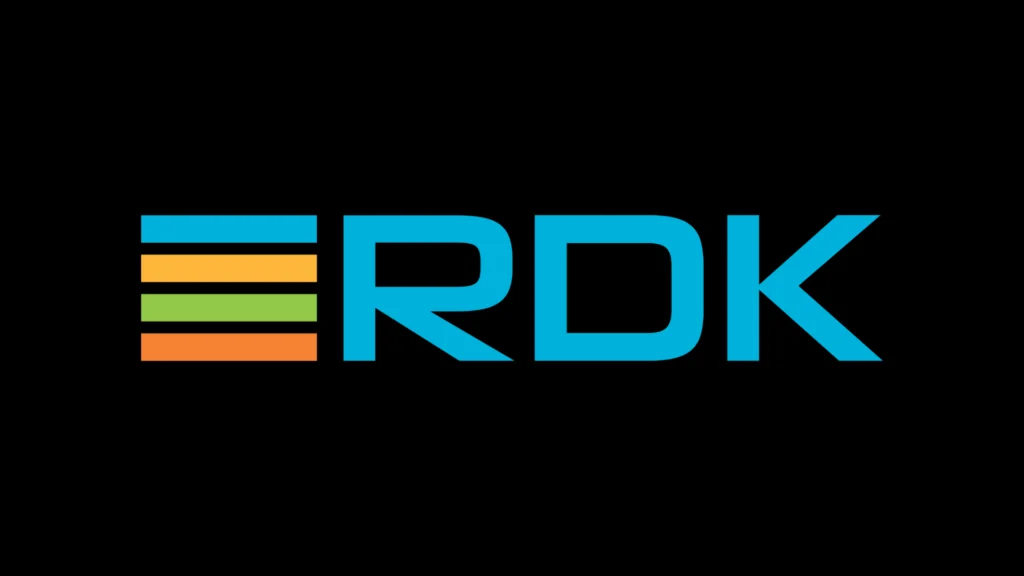RDK Video Accelerator – a quick guide for operators
What it is, what it isn’t, and how you should use it to get to market, faster.
Our RDK Video Accelerator guide for operators
This guide will focus on the RDK Video Accelerator (VA), which implements RDK-V software on production-ready hardware from multiple manufacturers.
It features a reference UI; connectivity including Wi-Fi, Bluetooth and HDMI; remote control and voice control; unified search; and pre-integrated applications.
That said, VA isn’t an off-the-shelf ready solution, and there will be gaps you’ll need to fill and things you’ll need to think about during development.
What is RDK?
The Reference Design Kit (RDK) results from collaboration between some of the world’s largest pay-TV operators. It provides software that can be used to create set-top boxes, video services, connected media devices (RDK-V), broadband gateways (RDK-B) and IP cameras (RDK-C).
RDK provides the reference code for the main software components needed to create these products and focuses on the lower and middle layers of the software stack, leaving the operator to add their specific user interface and customisations. To date, RDK has been used on over 100 million devices.

Silicon choice
All the RDK variants have one or more reference platforms – for RDK-V, the standard reference platform is the Raspberry Pi, but several STB/TV SoC vendor integrations are also available, such as from Amlogic or Broadcom.
Is the RDK Video Accelerator just software?
By working with set-top box manufacturers (or OEMs), namely Skyworth, Vantiva, Kaon and Humax – RDK-V has been implemented on production-ready hardware. RDK is also pre-integrated with the WPE Browser, enabling Lightning Applications, RDK’s preferred UI development framework.
Packaging RDK-V reference software with production hardware and application/software development tools, RDK can reduce time-to-market, risk and cost. Software migration to the target hardware is reduced, and operators can immediately start using the RDK to develop their own solutions, including application development and backend integration. The Video Accelerator is proving popular with operators, attracting more OEMs and silicon vendors to RDK (good news for operators).

What’s ‘missing’ from the Video Accelerator? What gaps will operators have to fill?
The key components an operator typically needs to add to the Video Accelerator include:
User Interface
The user experience is unique to each operator, meaning this must be a component they provide. The Video Accelerator has a reference user interface written in the Lightning application environment. Lightning is a performant, JavaScript-based application and user interface authoring environment. It supports many applications and is RDK-V’s de facto user interface authoring environment.
Lightning Applications can access platform services using a plug-in framework known as ‘Thunder’ that allows the development of platform micro and nano services. RDK defines a standard set of platform JSON-RPC APIs, known as Firebolt, for rapid development.
Digital Rights Management (DRM)
RDK supports OpenCDM to ease DRM integration, and various DRMs have already been integrated, including Widevine and PlayReady. Still, depending on the operator’s network and the requirements of their streaming partners, they may need to integrate an additional DRM. DRM and CA vendors will insist all devices meet their security requirements, which can have platform-wide implications.
Software Updates
RDK includes many of the tools needed to implement a secure software update mechanism, but it does not include a complete and standardised mechanism. Typically, the operator, OEM, CA provider or System Integrator would implement a secure update mechanism that may need to support partial updates for security patching and broadcast delivery depending on the network and deployment use cases.
RDK Management publishes a roadmap and a schedule of regular releases that includes new features and security fixes. But it is up to the operator to instigate an integration and QA process that takes selected RDK releases, re-integrates the operator’s changes and components such as their UI, then tests, trials and deploys a new customer update to the devices in the field.
The need for regular updates means operators are familiar with continuous integration and delivery (CI/CD), as this is, to a greater or lesser extent, common to all middlewares. This work can be a distraction from the operator’s own roadmap, and they may choose to outsource this work to an OEM or System Integrator (such as Consult Red).
RDK Management does not mandate an update policy – operators have complete freedom to choose which updates they deploy. RDK does not provide a stream of deployment-ready security patches. The operator and their suppliers need to plan and deliver this.
Secure boot
RDK does not provide a bootloader by default, and implementations tend to be determined by the hardware, software update mechanism, security system, and operator’s network. RDK does provide the tools for image generation and signing, which can be used as a basis for secure bootloader development. The OEM, security provider, or system integrator will typically deliver a bootloader that meets the operator’s requirements.

Why do operators choose RDK?
- Continuous investment and improvement: RDK offers a strong community of operators pooling investment to deliver a feature-rich middleware and application authoring environment.
- Broad choice of features: Lightning user interface & application environment, telemetry, DRM support, ad insertion, WPE browser, configurable memory footprint, subtitles, diagnostics and many more features.
- By operators, for operators: RDK is designed and governed by operators for operators.
- Retain control: the operator is in complete control – they can change components, remove components, add components or integrate technology from best-in-class vendors.
We are an experienced System Integrator with one of Europe’s largest RDK development teams
We’ve helped silicon vendors and OEMs, including Amlogic, Skyworth, Amino and HUMAX Networks – supporting the adoption of the RDK platform or the implementation of the RDK Video Accelerator. As one of Europe’s largest RDK development teams, we’ve also worked with some of the world’s largest operators, including Sky, Liberty Global, and Comcast, supporting the design, development and launch of a range of RDK-based products. We are proactive members of the RDK community in the ongoing development of RDK.




